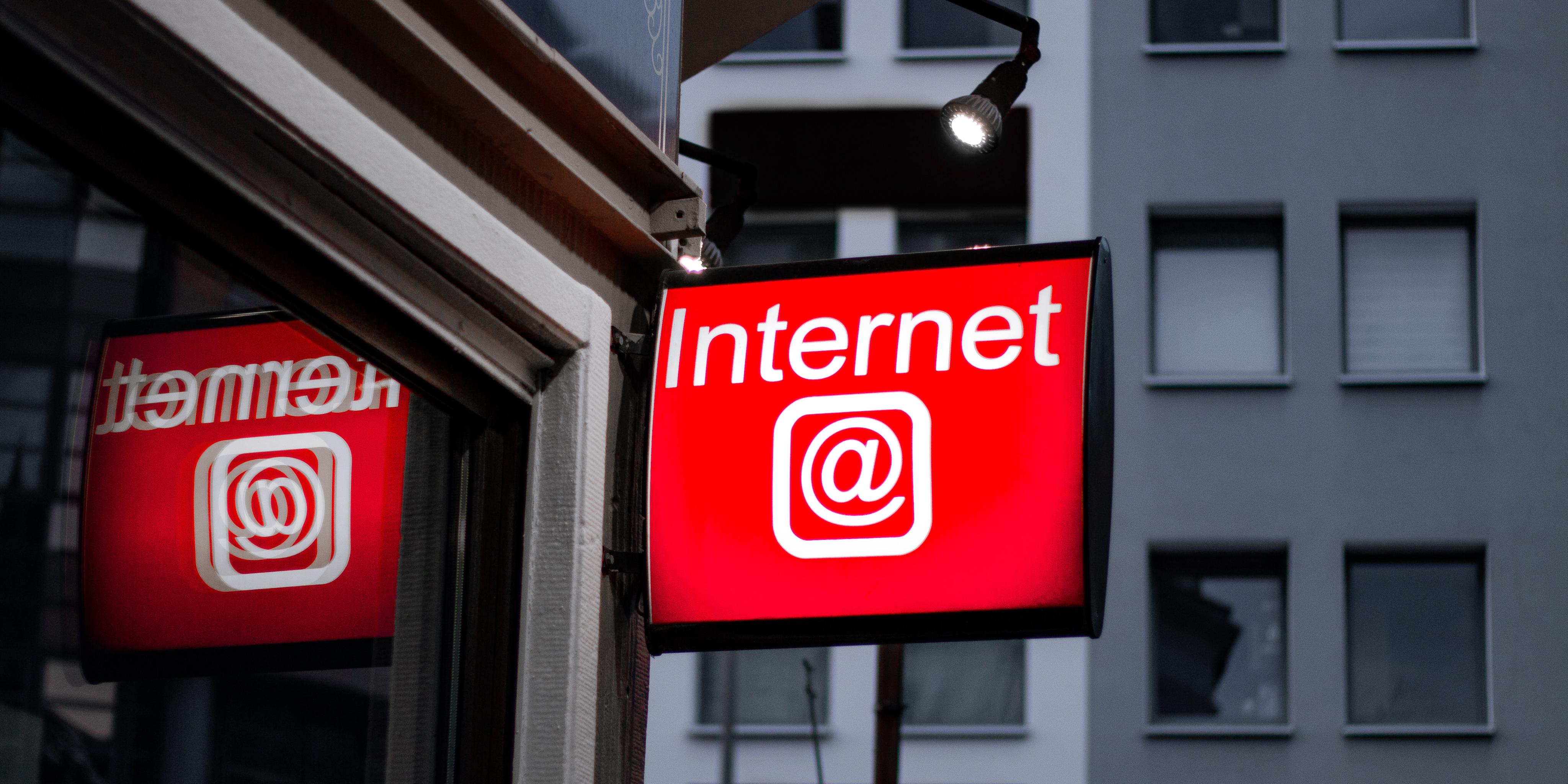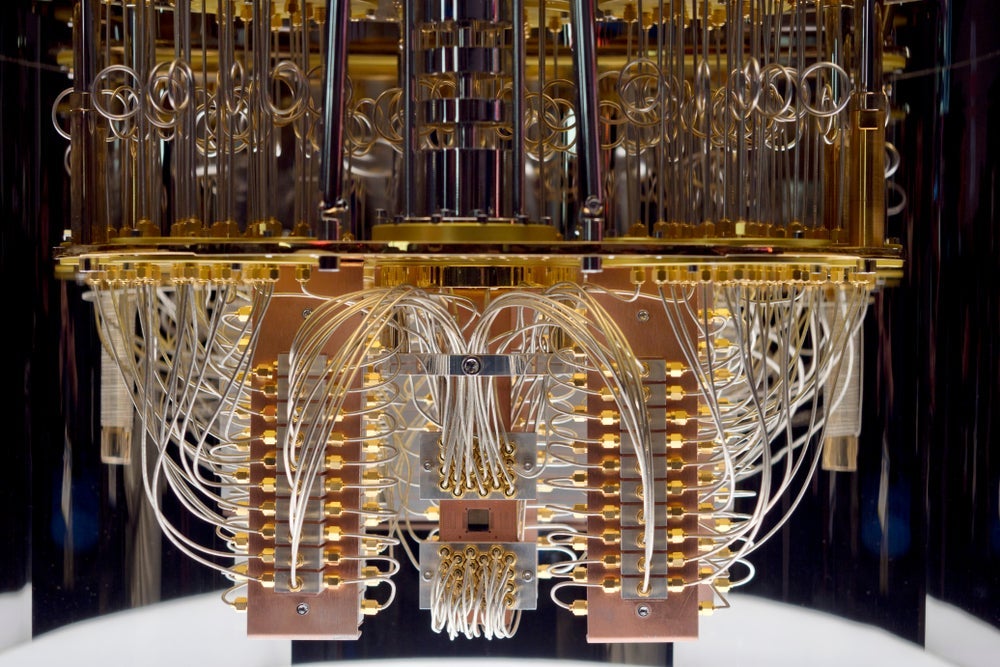Author: Floo
-

Throughout Africa, journalists increasingly ought to navigate world wide web shutdowns
Throughout crises, African governments have significantly shut down or limited citizens’ obtain to the world wide web and social media. Considering that 2015, nations around the world on the continent have expert more than 100 social media shutdowns, partial web shutdowns or total world wide web blackouts, according to Surfshark, which tracks governing administration-imposed network…
-
/cloudfront-us-east-2.images.arcpublishing.com/reuters/ATYPQN5I4VP2NNBWZUDSFQ5TD4.jpg)
Google agrees to invest up to $2 billion in OpenAI rival Anthropic
An illuminated Google brand is witnessed inside an business office developing in Zurich, Switzerland December 5, 2018. REUTERS/Arnd Wiegmann/File Photograph Purchase Licensing Legal rights Oct 27 (Reuters) – Alphabet’s (GOOGL.O) Google has agreed to invest up to $2 billion in the synthetic intelligence firm Anthropic, a spokesperson for the startup explained on Friday. The corporation…
-

The Top Programming Languages 2023
Welcome to IEEE Spectrum’s 10th once-a-year rankings of the Top rated Programming Languages. While the way we put the TPL collectively has evolved in excess of the past 10 years, the principles stay the exact same: to merge multiple metrics of popularity into a set of rankings that replicate the various needs of diverse visitors.…
-

What is quantum computing?
Quantum computing metaphorically left the lab in 2021 and entered public discourse amid the typical hype cycle of any emerging technology – with a funding frenzy to match. While a number of companies have claimed to be close to achieving a working quantum computer, the technology is still some way off. In addition, artificial intelligence…
-

Apex IT Wins 2023 Oracle North The us Cloud/Technological know-how Lover Award for Innovation | Enterprise
COTTAGE GROVE, Minn.–(Organization WIRE)–Oct 18, 2023– Apex IT, a member of Oracle PartnerNetwork (OPN), is happy to announce that it has been honored with the 2023 Oracle North America Cloud/Technologies Husband or wife Award for Innovation. This recognition underscores Apex It can be motivation to supporting corporations expedite significant advancements and realize improved small business…
-

How Elon Musk Altered the Indicating of Twitter for Customers
Immediately after Nicholas Campiz evacuated from Kyiv, Ukraine’s cash, in February 2022, he stayed glued to Twitter. As battles raged throughout the state, he tracked them on the app, staying up by numerous evenings in a resort place in Tbilisi, Ga, to study updates as they rolled in, one particular tweet at a time. “As…